
🦴 The Vitamin & Mineral Deficiencies That May Be Behind Leg and Bone Pain
Have you ever woken up with deep, nagging aches in your legs or bones?
Felt sudden cramps in your calves during the night?
Or noticed that your legs feel unusually heavy, weak, or tired — even when you haven’t done much?
You might chalk it up to aging, stress, overuse, or sleeping in a strange position.
But sometimes, these are your body’s quiet way of saying:
“Something’s missing.”
In many cases, persistent leg pain, muscle cramps, or bone discomfort can point to underlying nutrient deficiencies — especially if you're otherwise healthy, active, or not experiencing an obvious injury.
Let’s explore why this happens, which nutrients matter most, and how to spot the signs early — before the discomfort becomes chronic or limiting.
Because real relief doesn’t come from guessing.
It comes from listening carefully — and acting with purpose.
🔍 Why Nutrient Deficiencies Can Cause Leg or Bone Pain
Your bones, muscles, and nerves work together in a finely tuned system.
When certain nutrients fall short, that system starts to misfire — often in subtle ways at first.
Here’s what can happen:
-
Muscles may spasm, tighten, or fatigue more easily
-
Nerves may send irregular signals, causing tingling, cramping, or numbness
-
Bones may feel weak, brittle, or achy — especially in the hips, knees, or lower back
-
Recovery from activity or strain becomes slower
-
Sleep may be interrupted by night cramps or restlessness
These issues often creep in gradually, which makes them easy to overlook — until they start affecting your daily life.
✅ The 5 Nutrients Most Often Linked to Bone & Leg Pain
1. Vitamin D – The Sunshine Vitamin
Why It Matters:
-
Helps your body absorb calcium
-
Supports muscle strength, immune function, and bone health
-
Deficiency is linked to chronic muscle pain, fatigue, and even depression
🩺 Common Symptoms of Low Vitamin D:
-
Deep bone or joint pain (especially hips or spine)
-
Difficulty climbing stairs or rising from a chair
-
Nighttime leg cramps
-
Persistent fatigue or mood swings
☀️ How to Get It:
-
Sunlight: 10–30 minutes of midday sun, 2–3 times/week (without sunscreen)
-
Food: Fatty fish (salmon, mackerel), egg yolks, fortified dairy or plant-based milks
-
Supplements: Often necessary — especially in winter or for those with darker skin, older age, or limited sun exposure
💉 Ask your doctor for a 25-hydroxyvitamin D blood test. Optimal levels are generally 20–50 ng/mL, though some experts recommend higher for those with bone pain.
2. Calcium – The Foundation of Strong Bones
Why It Matters:
-
Primary mineral in bones and teeth
-
Essential for muscle contraction, nerve communication, and blood clotting
🩺 Signs You Might Be Low:
-
Muscle cramps, especially in legs or feet
-
Brittle nails, weak teeth, or fractures
-
Low bone density (osteopenia or osteoporosis)
🥛 Where to Get It:
-
Dairy: Milk, yogurt, cheese
-
Plant-based: Leafy greens (collards, kale), fortified tofu, canned fish with bones (sardines, salmon), almonds
💡 Recommended Intake:
-
Adults (19–50): 1,000 mg/day
-
Women 51+ and men 71+: 1,200 mg/day
⚠️ Caution: Calcium supplements can cause side effects — including kidney stones or increased cardiovascular risk — so always check with your provider before taking them.
3. Magnesium – The Overlooked Muscle Relaxer
Why It Matters:
-
Regulates muscle relaxation after contraction
-
Works with calcium and vitamin D to support muscle and bone health
-
Involved in over 300 biochemical reactions
🩺 Signs of Magnesium Deficiency:
-
Night cramps or muscle spasms
-
Twitching eyelids, restlessness
-
Irritability, anxiety, or fatigue
🥜 Top Magnesium-Rich Foods:
-
Nuts (almonds, cashews), seeds (pumpkin, sunflower)
-
Leafy greens (spinach, Swiss chard)
-
Avocados, bananas, dark chocolate, legumes
💬 Many people don't meet daily magnesium needs from diet alone — especially if eating a highly processed or low-fiber diet.
4. Vitamin B12 – The Nerve Protector
Why It Matters:
-
Essential for nerve function and red blood cell formation
-
Deficiency can lead to nerve pain, tingling, numbness, and leg weakness
🩺 Who’s Most at Risk:
-
Adults over 60 (reduced absorption)
-
Vegetarians and vegans (B12 is animal-based)
-
People with GI conditions (celiac, Crohn’s, or post-bariatric surgery)
🥚 Where to Find It:
-
Animal products: Meat, fish, eggs, dairy
-
Fortified foods: Nutritional yeast, cereals, plant milks (check labels)
💉 A B12 blood test can confirm deficiency. Supplements or B12 shots may be needed if levels are low or absorption is impaired.
5. Potassium – The Electrolyte You Can’t Ignore
Why It Matters:
-
Critical for muscle contraction, nerve function, and fluid balance
-
Low levels can cause leg cramps, fatigue, and even irregular heartbeat
🍌 Potassium-Rich Foods:
-
Bananas, oranges, potatoes, avocados
-
Spinach, lentils, coconut water, beans
⚠️ Severe deficiency (hypokalemia) is uncommon in healthy people but can occur with vomiting, diarrhea, excessive sweating, or certain medications (like diuretics).
⚠️ When to See a Doctor
While nutritional gaps are common, they aren’t the only explanation for leg or bone pain.
Make an appointment if you have:
-
Pain that’s persistent, worsening, or affects daily movement
-
Swelling, redness, or warmth in the legs
-
Numbness, tingling, or weakness
-
A history of osteoporosis or fractures
-
Symptoms despite taking supplements
🩺 A simple blood test can check levels of:
-
Vitamin D
-
Calcium
-
Magnesium
-
B12
-
Kidney and thyroid function
-
Inflammatory markers
Early testing can catch imbalances before they lead to long-term complications.
✅ Simple Lifestyle Habits That Support Bone & Muscle Health
-
Eat a balanced diet rich in whole, minimally processed foods
-
Exercise regularly, especially weight-bearing activities (walking, dancing, light strength training)
-
Limit alcohol and caffeine, which can deplete calcium
-
Stay well hydrated — dehydration worsens cramps
-
Take supplements wisely — only when needed, and under medical guidance
-
Prioritize sleep, as it supports recovery and hormonal balance
💡 Pro tip: Pair vitamin D with healthy fats (olive oil, nuts, or avocado) to improve absorption — it’s fat-soluble.
❌ Debunking Common Myths
-
❌ “Just take vitamin D and your pain will go away”
→ Only helps if you’re deficient — other causes must be explored. -
❌ “More calcium = stronger bones”
→ True only to a point — too much may harm the heart or kidneys. -
❌ “Cramps mean you’re low in magnesium”
→ Not always — dehydration, medications, or poor circulation may also play a role. -
❌ “If you eat well, you don’t need supplements”
→ Depends on age, lifestyle, location, and digestive health — some people do.
💭 Final Thoughts
You don’t have to suffer through another restless night with aching legs or wake up stiff and sore without answers.
But instead of reaching for random supplements or chalking it up to age…
Start asking the right questions.
Could this be a nutrient gap?
Could it be something else?
Your body doesn’t whisper for no reason.
So if your symptoms are persistent or getting worse — talk to your doctor.
Get tested.
Fuel your body with what it actually needs.
Because real strength — the kind that lasts — doesn’t come from quick fixes.
It comes from understanding, awareness, and care.
And that kind of care?
It doesn’t just reduce pain.
It builds a better, stronger future — one step at a time.
News in the same category

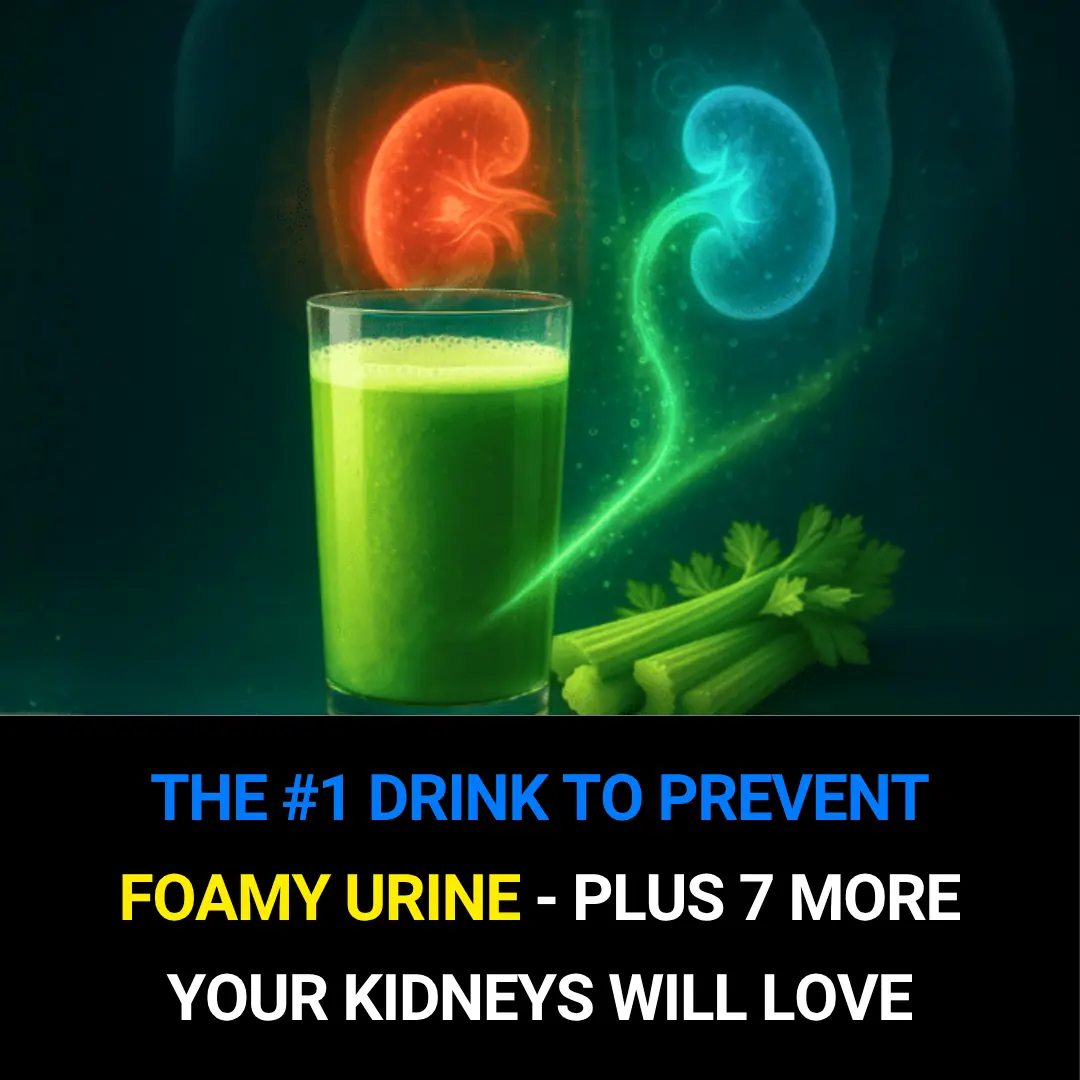
The #1 Drink to Prevent Foamy Urine — Plus 7 More Your Kidneys Will Thank You For
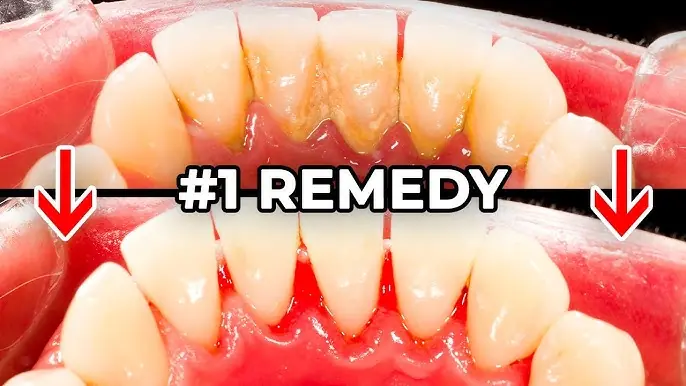
The #1 Most Effective Remedy for Dental Plaque (And How to Beat Tartar at Home)
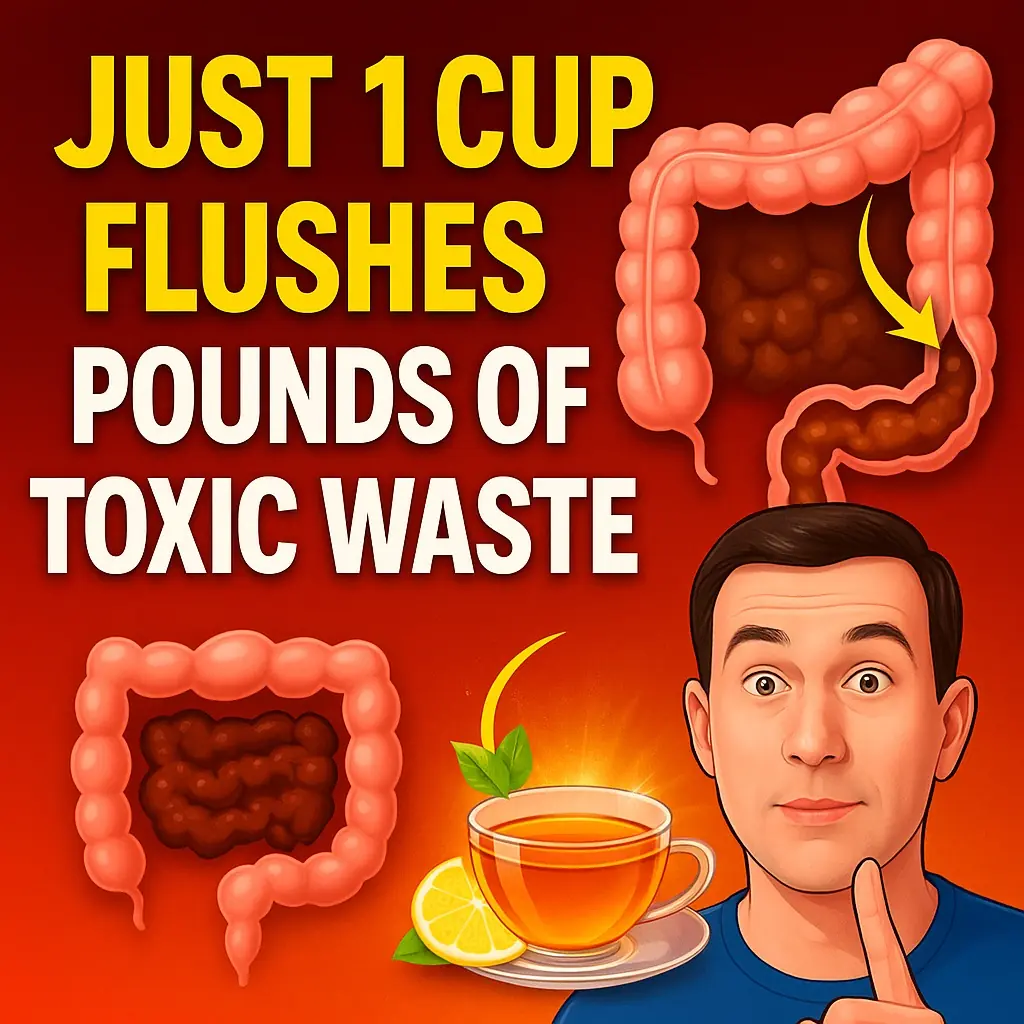
JUST 1 CUP FLUSHES POUNDS OF TOXIC WASTE
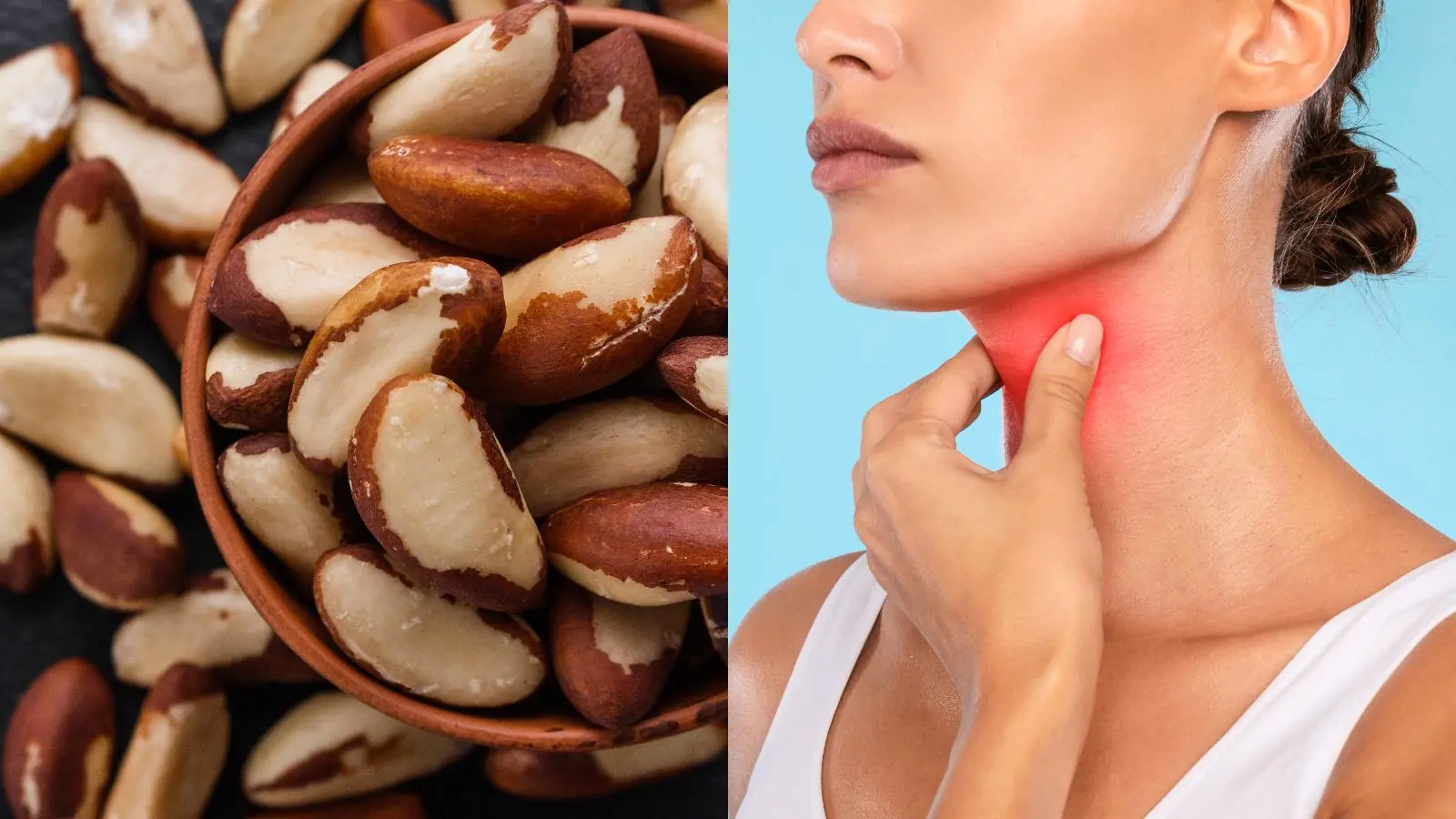
Just 2 Nuts a Day Can Support Your Thyroid, Help With Weight Loss, and Balance Blood Sugar
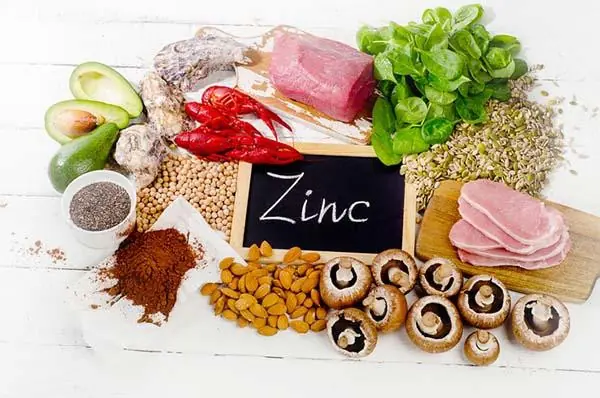
Zinc Deficiency Triggers Inflammation in Your Body — Here’s What to Eat to Fix It
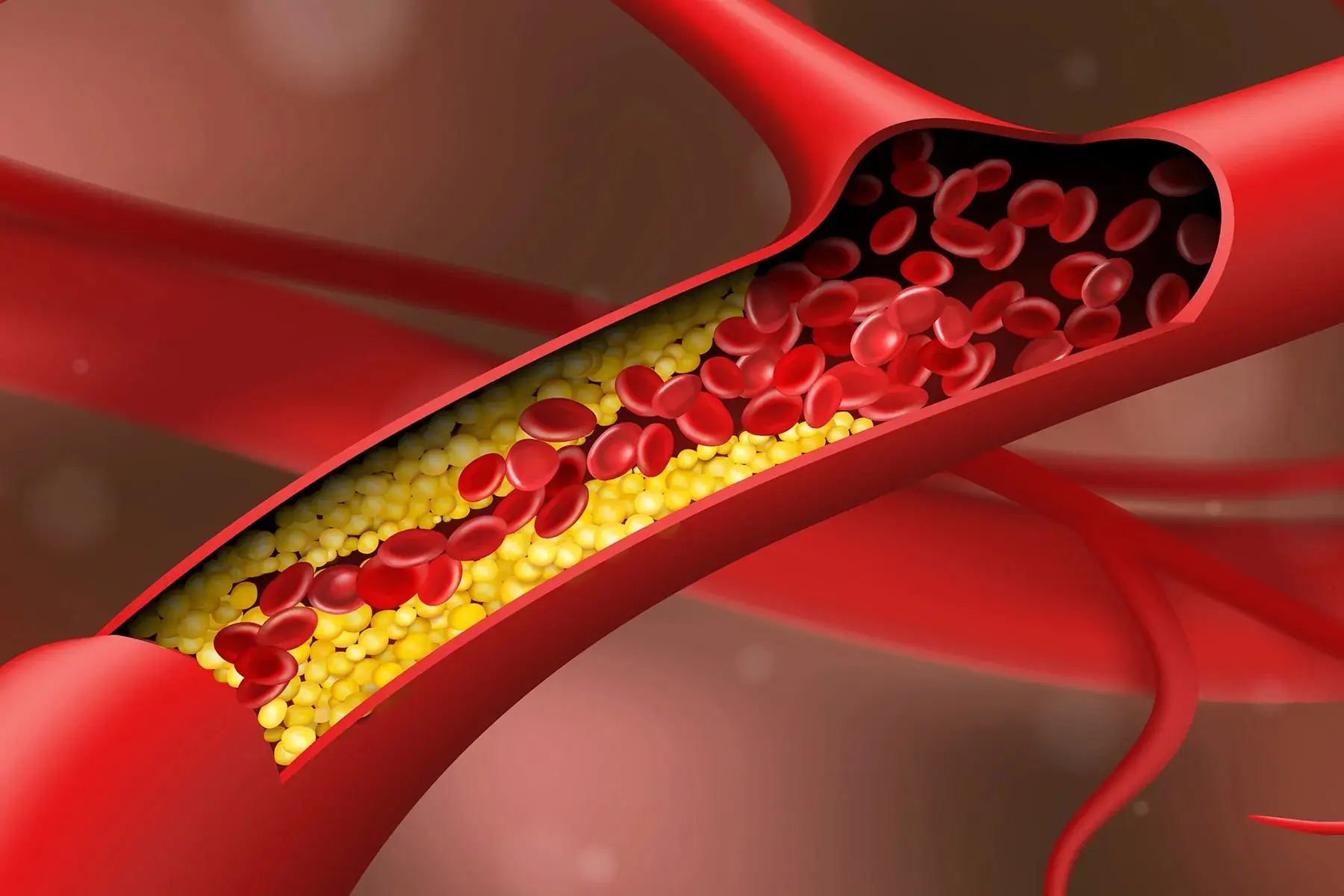
CLEANSE CLOGGED ARTERIES WITHOUT MEDICATION
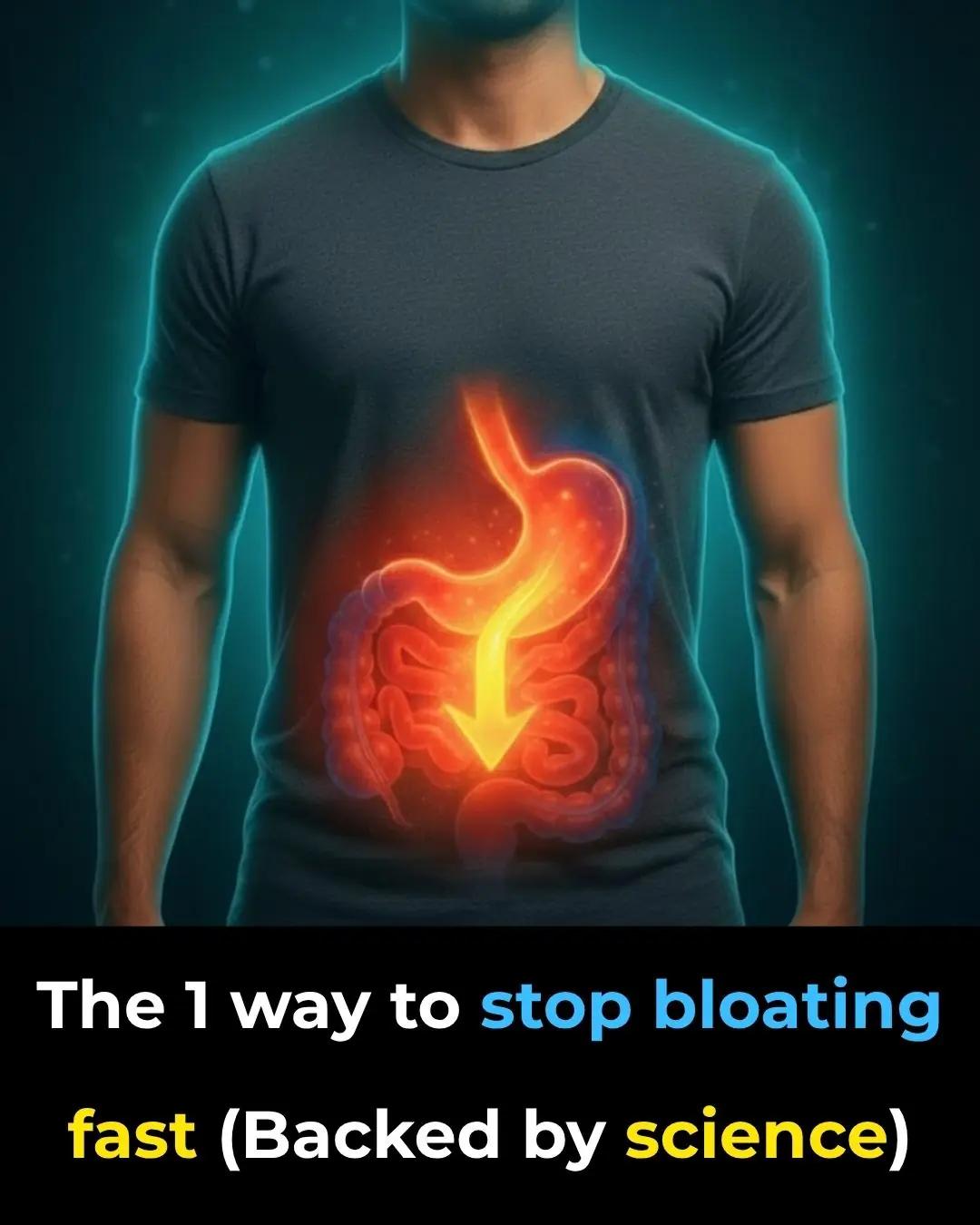
The #1 Way To Stop Bloating Fast
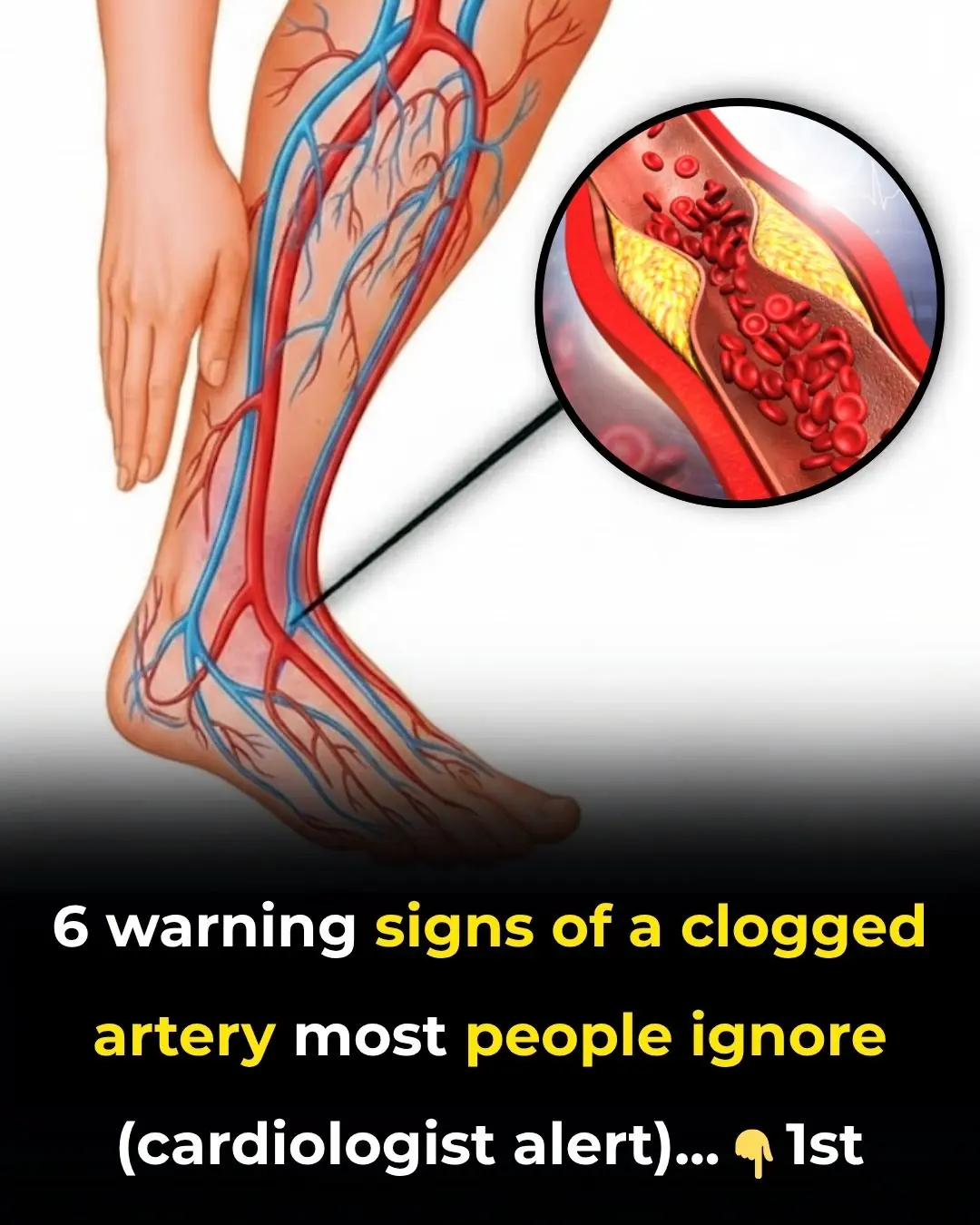
6 warning signs of a clogged artery most people ignore (cardiologist alert)
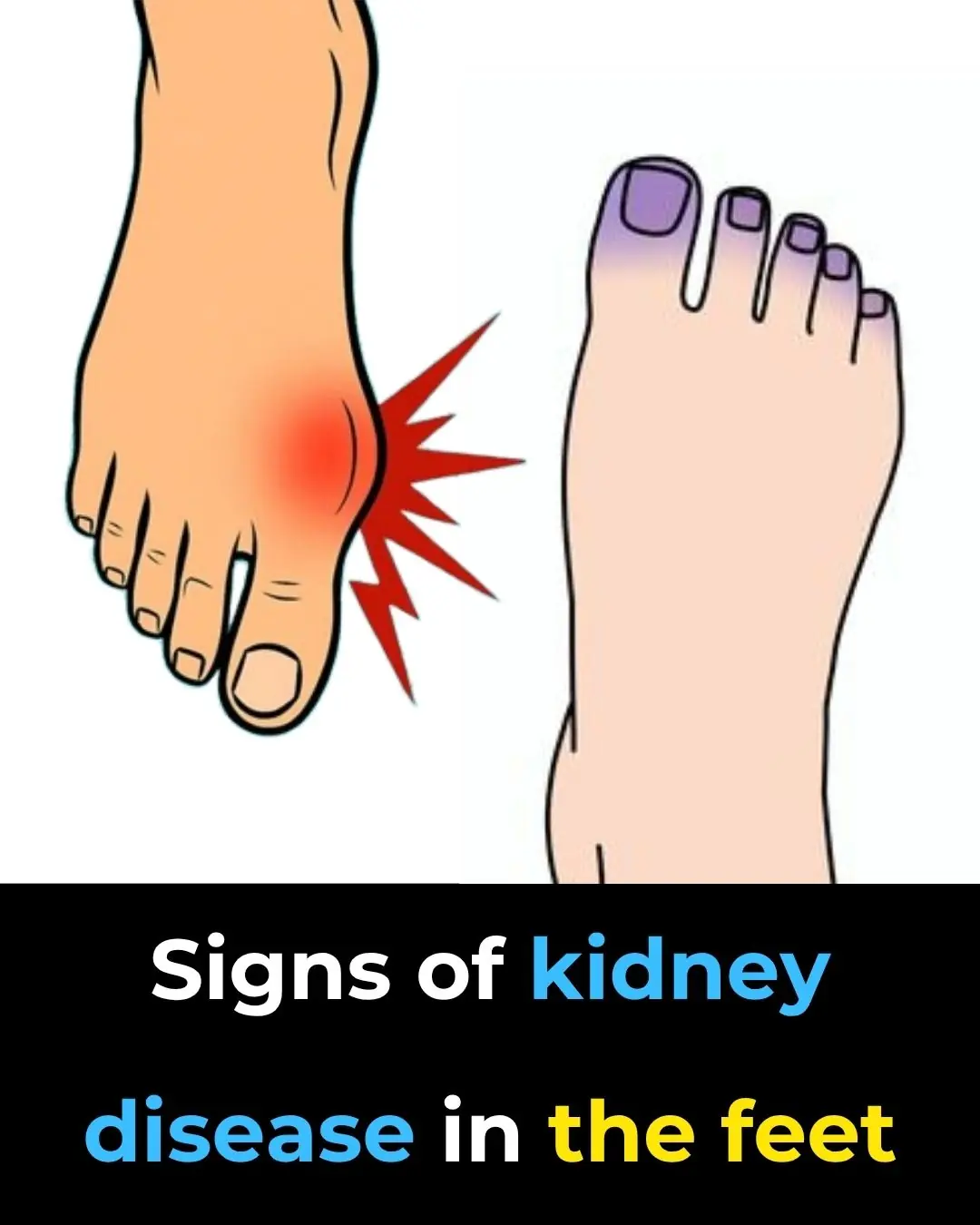
Foot Symptoms That Could Signal Kidney Problems
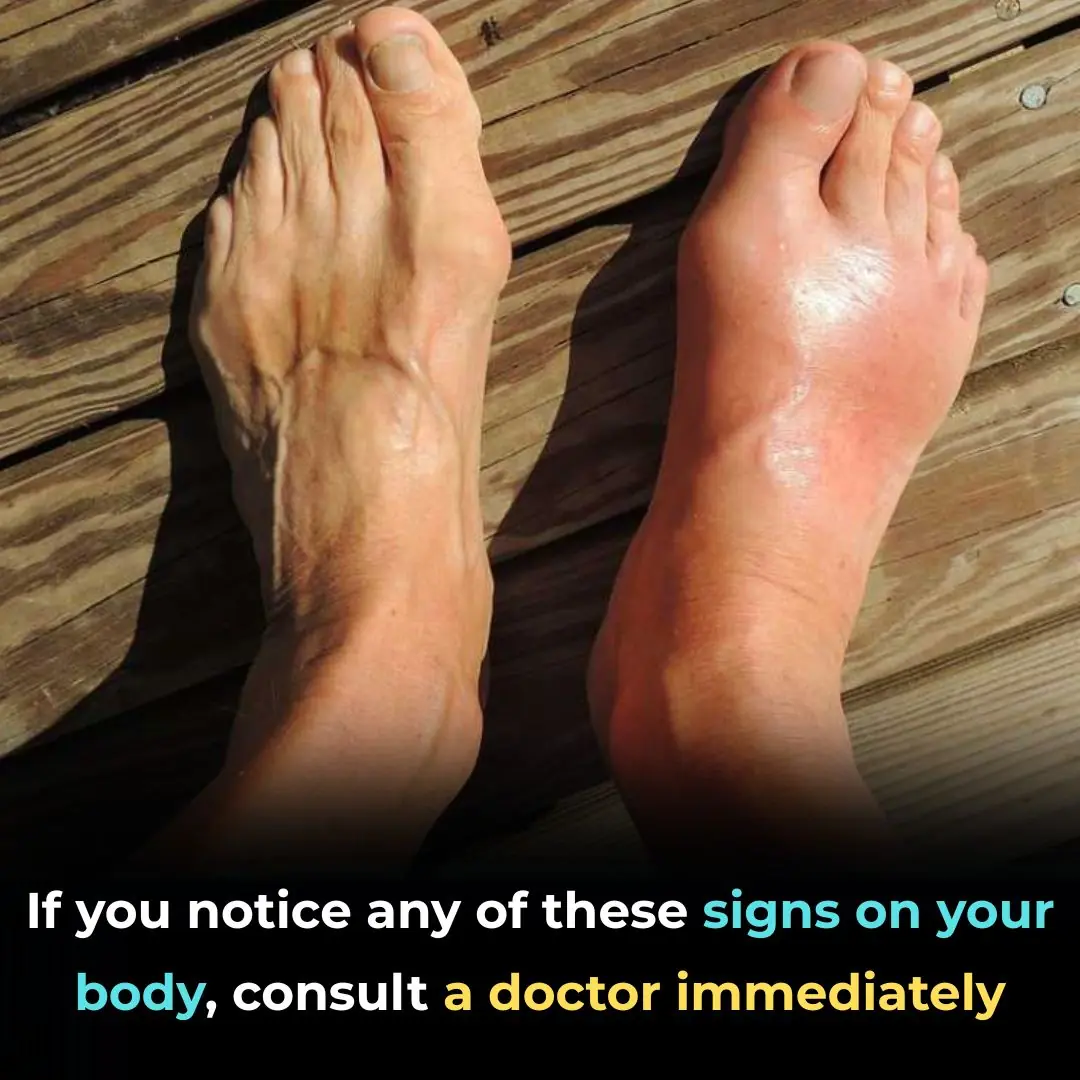
Redness Swelling and Warmth in One Leg

These are the signs that he is...read more
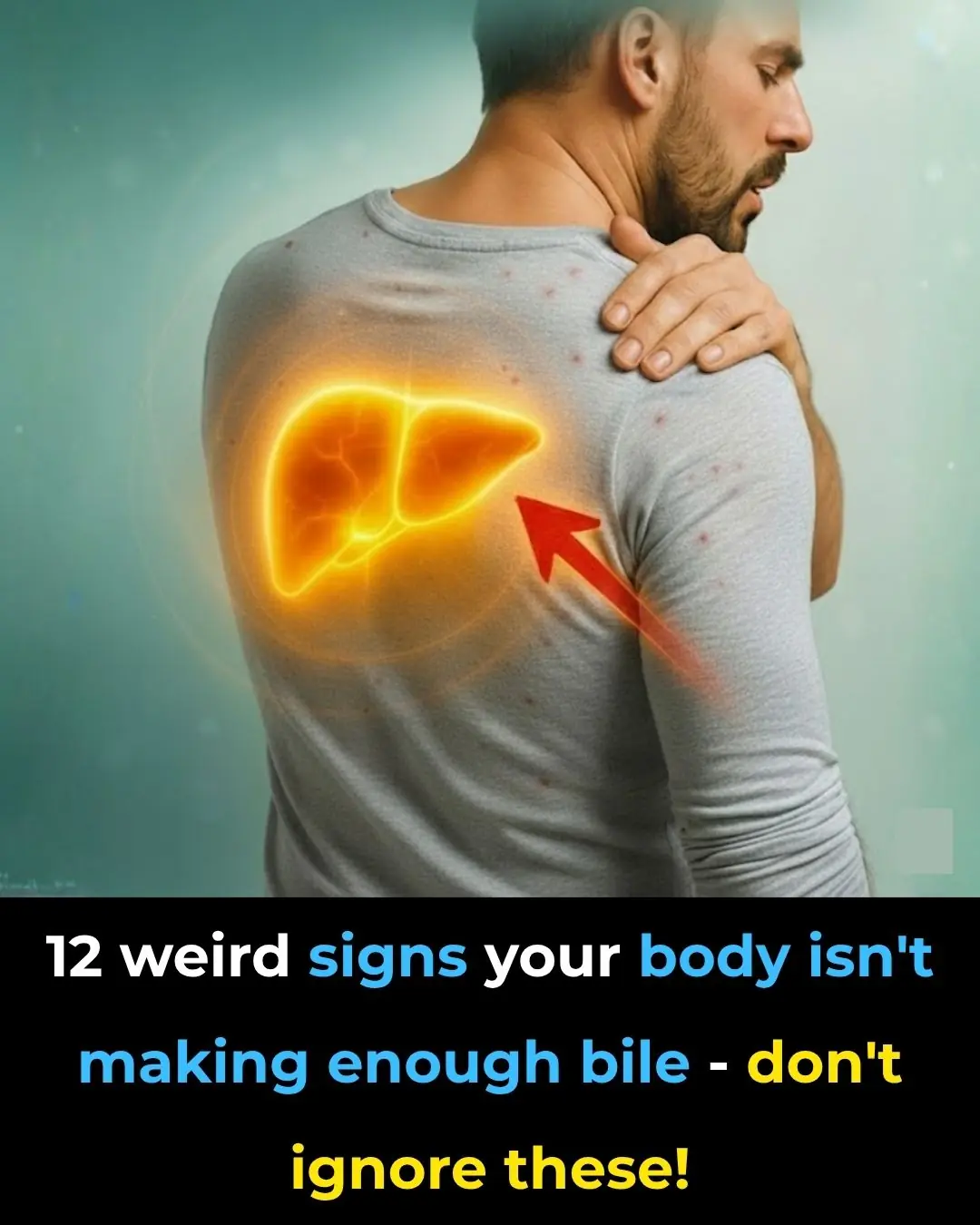
12 weird signs your body isn’t making enough bile—don’t ignore these!
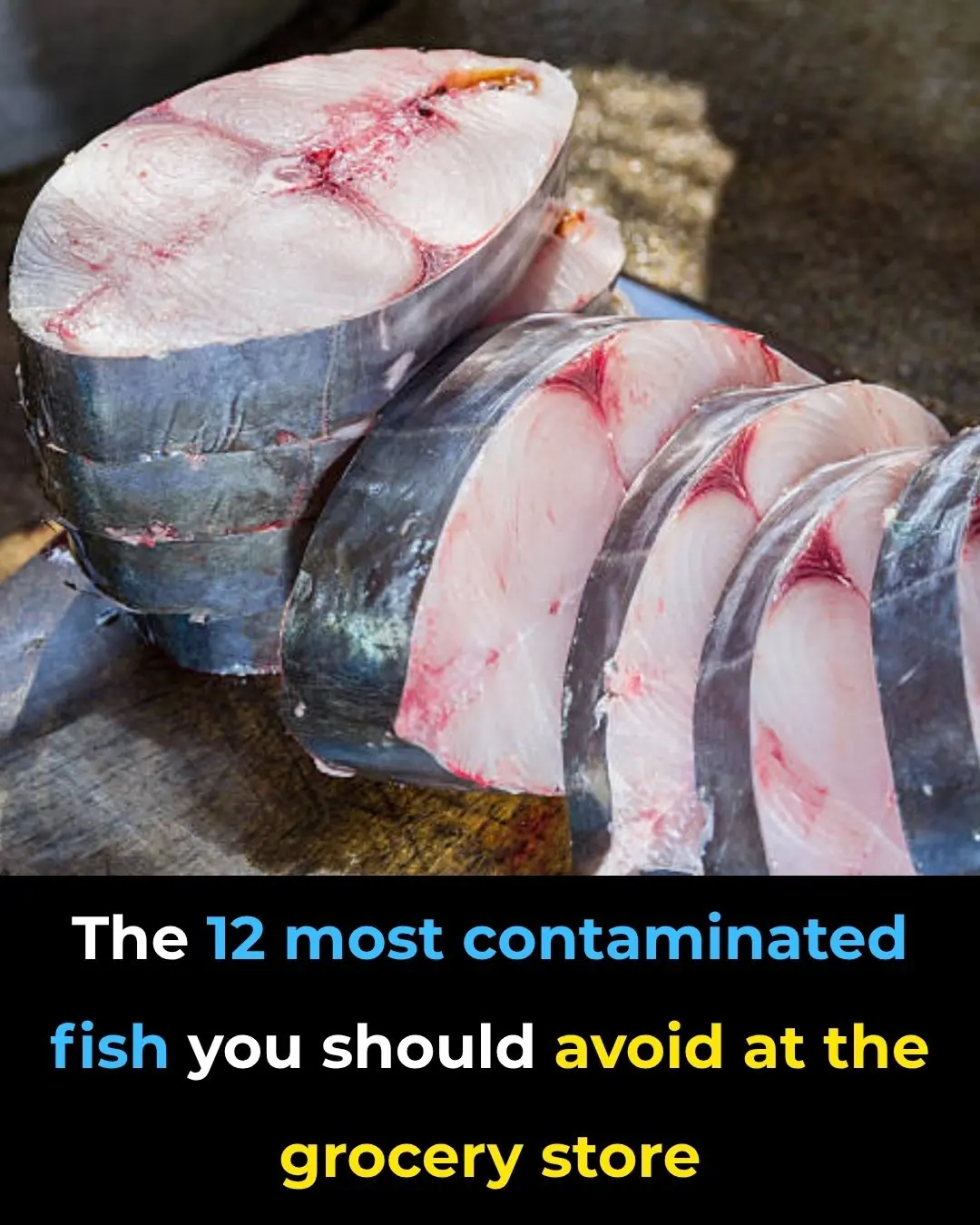
12 Fish Species You Need to Know to Avoid

🩺 Unusual Case of Sweet Syndrome Triggered by New Inhaler Therapy in Primary Care
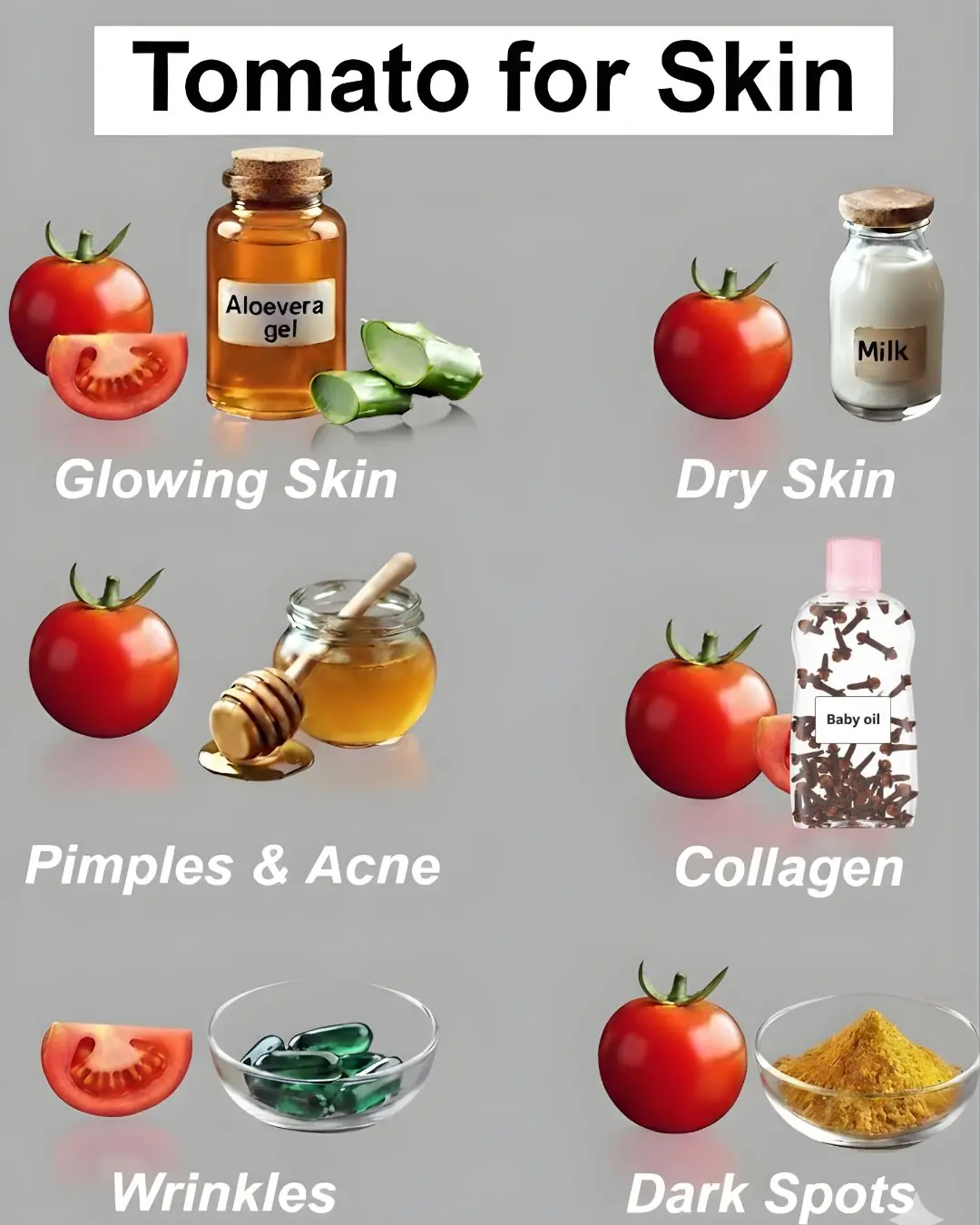
Tomato Benefits for Skin – Rub Tomato Slice on Face
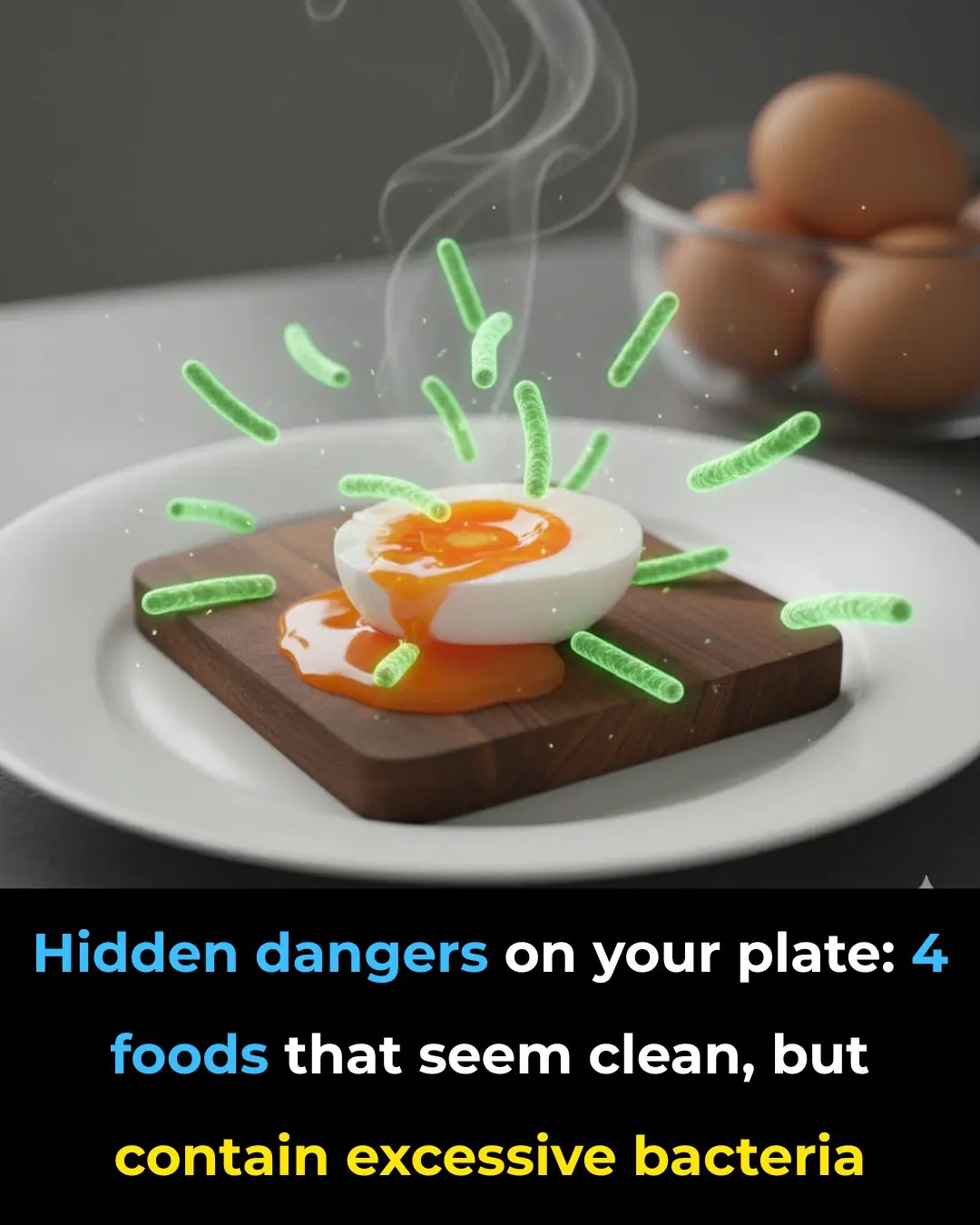
Hidden Dangers on Your Plate: 4 “Clean” Foods That Can Secretly Harm Your Health
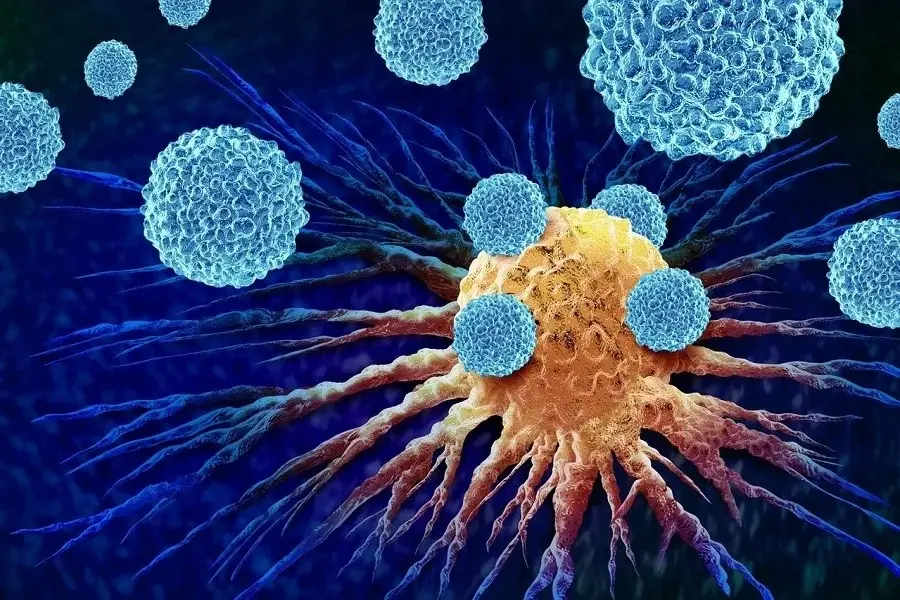
4 Unusual Signs in Your Neck That Could Be Symptoms of Cancer — Don’t Ignore Them
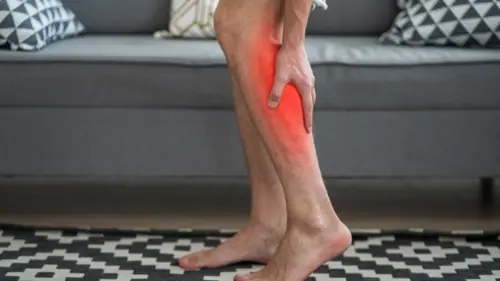
6 Warning Signs in Your Legs That Could Indicate a Serious Disease — Don’t Ignore Them
News Post
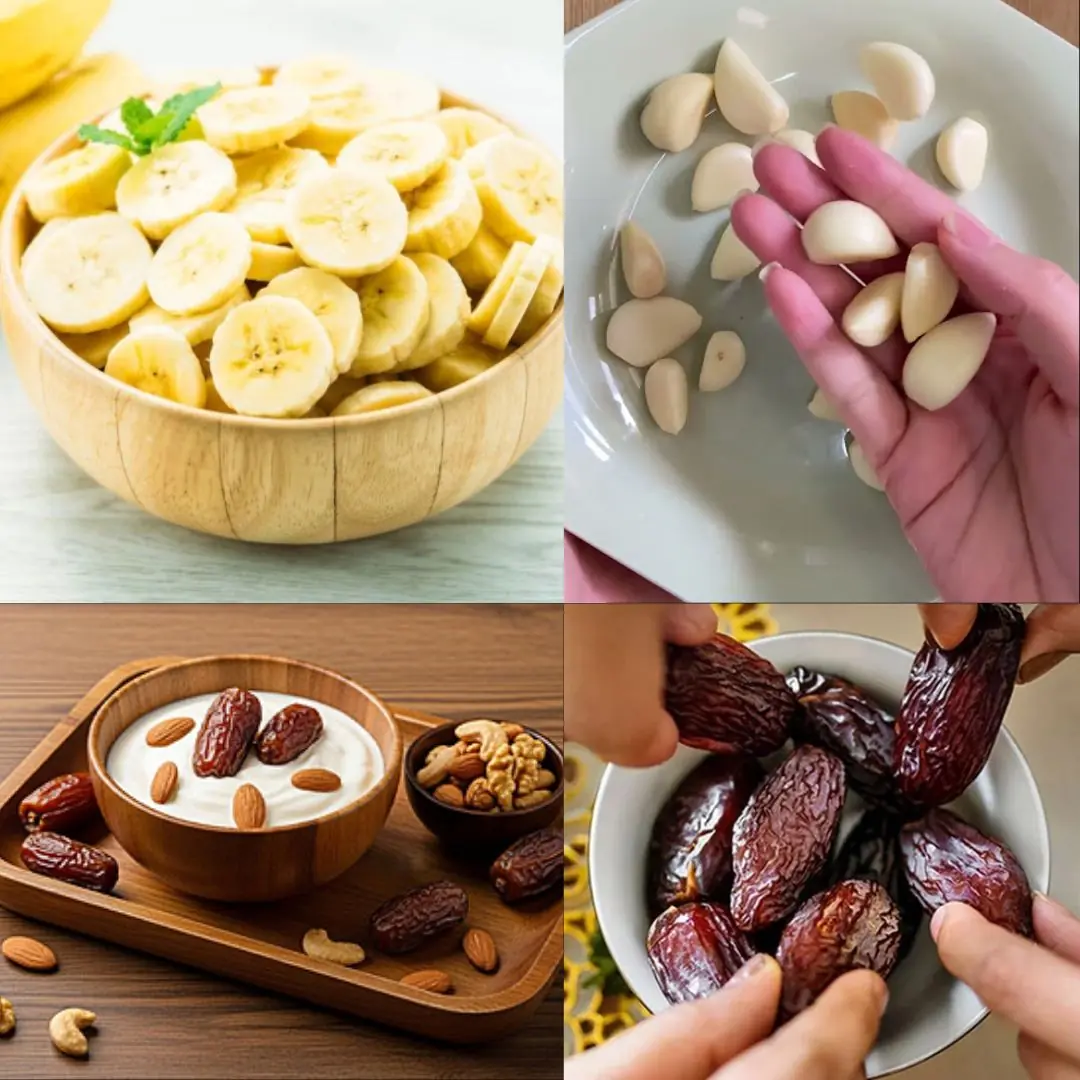
Bananas, Garlic, and Dates: The Powerful Health Combo

Make Your Sausages Juicier and More Flavorful With This One Simple Step Before Cooking
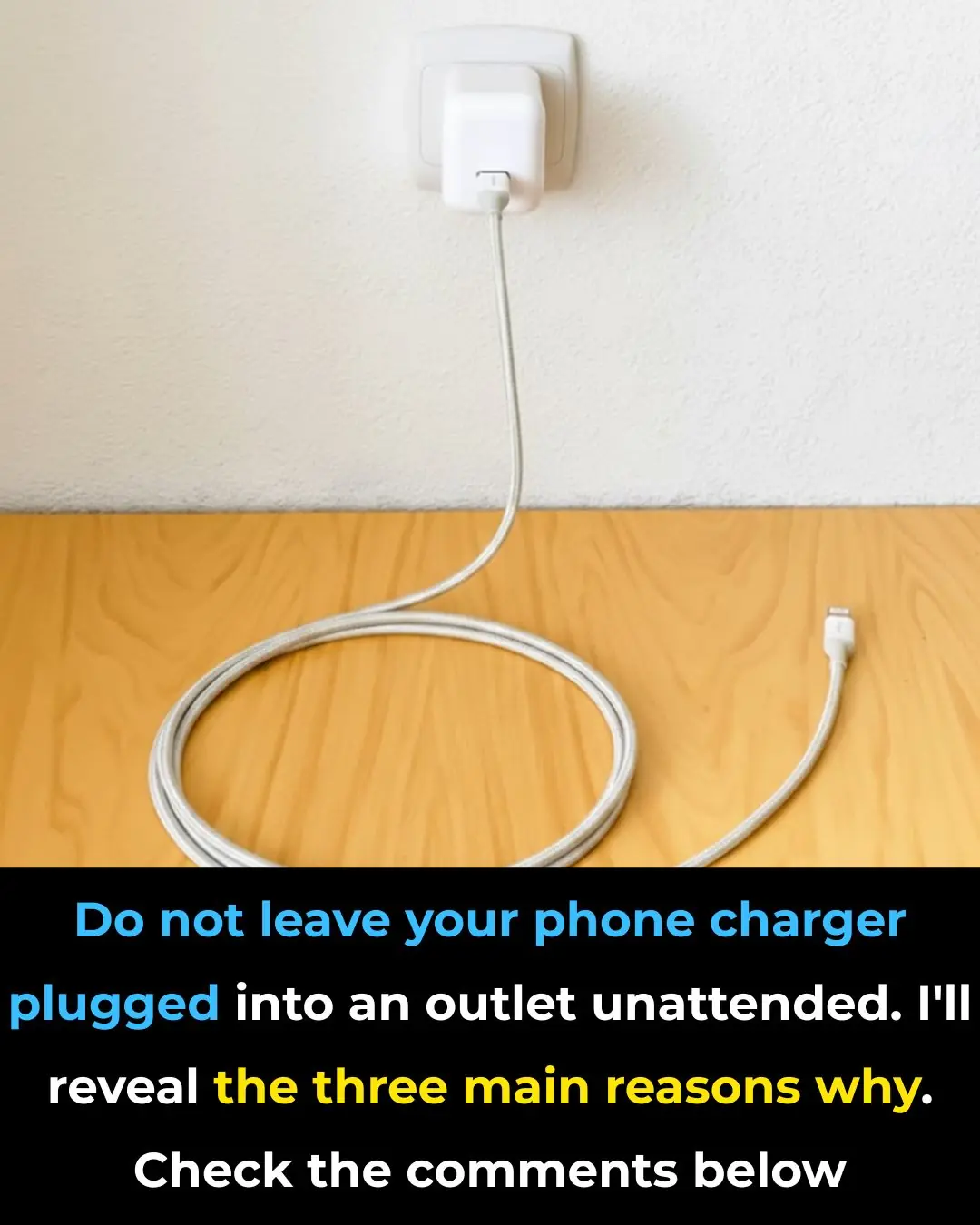
Don’t Leave Your Phone Charger Plugged In
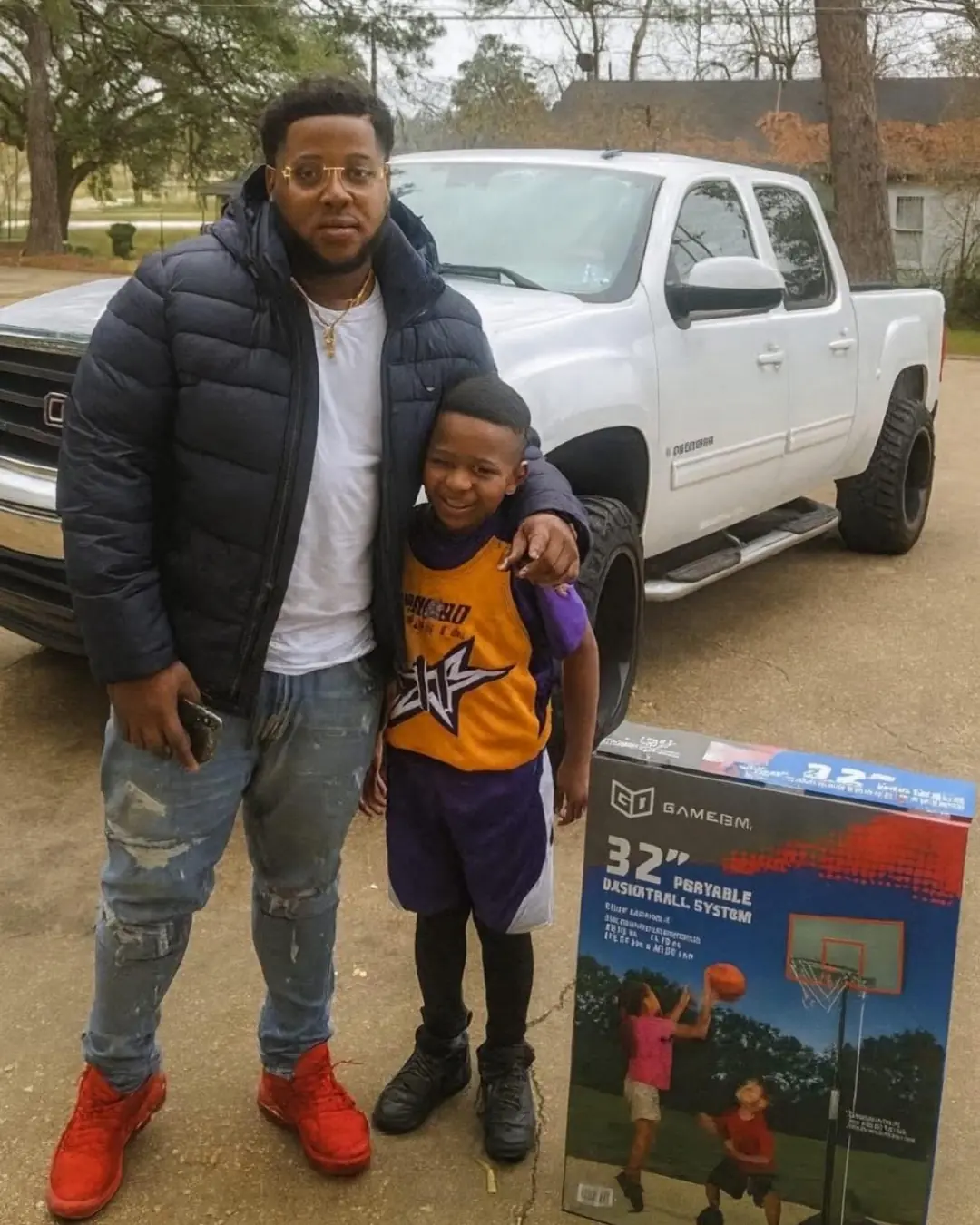
“A Gift of Belief: How One Simple Act of Kindness Changed a Little Boy’s World”

Keep your bathroom clean and fresh all year round by applying these 7 small habits.

‘This Is An Opportunity For You To Get Some Portal Film’ | Deion Sanders’ Ruthless Scrimmage Urging Bench Players To Transfer Angers Fans

Texas Cheerleader Jumps Off Homecoming Float To Save Choking Toddler

Meet Andrea Walls, the Artist Preserving Black Stories Through Photography

The Stray Dog Who Stole Bread—and Won Hearts

Lulu Gribbin: One Year After the Shark Attack, A Message of Gratitude and Strength
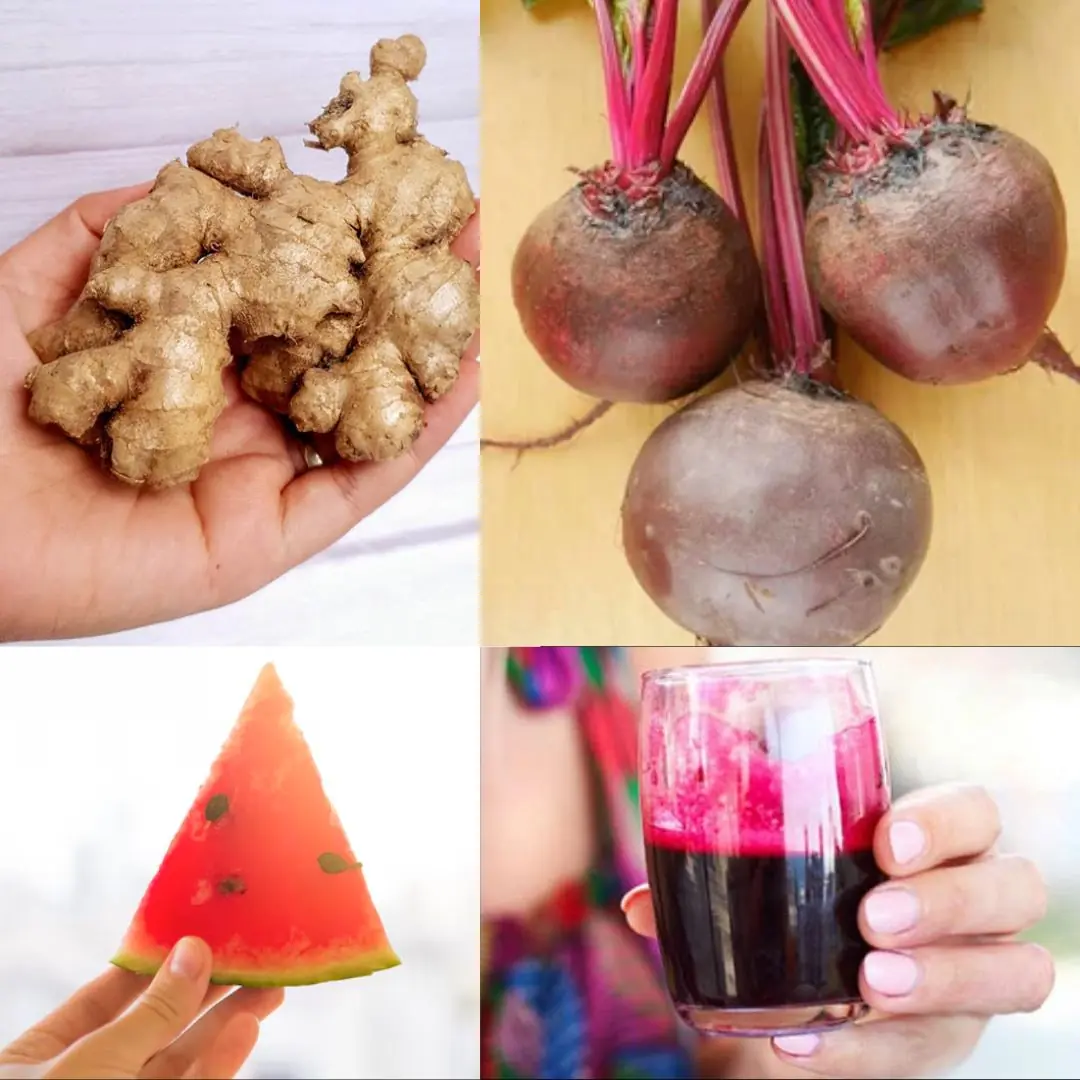
Ginger, Watermelon, and Beetroot Juice: 15-Day Natural Kidney Cleanse

The air conditioner only has wind but is not cool. If you do this, it will be 'cold'. No need to call a costly technician.
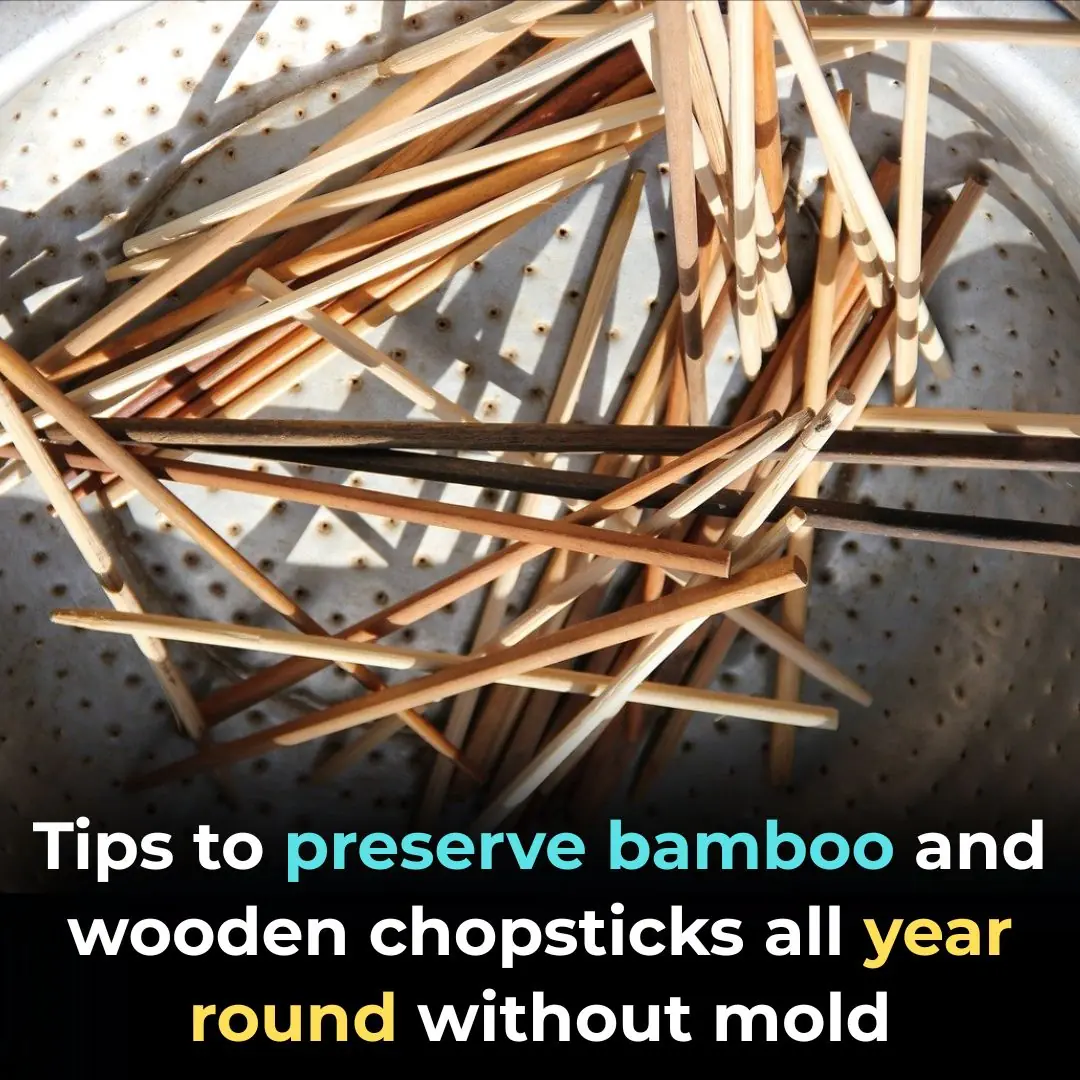
Tips to preserve bamboo and wooden chopsticks all year round without mold
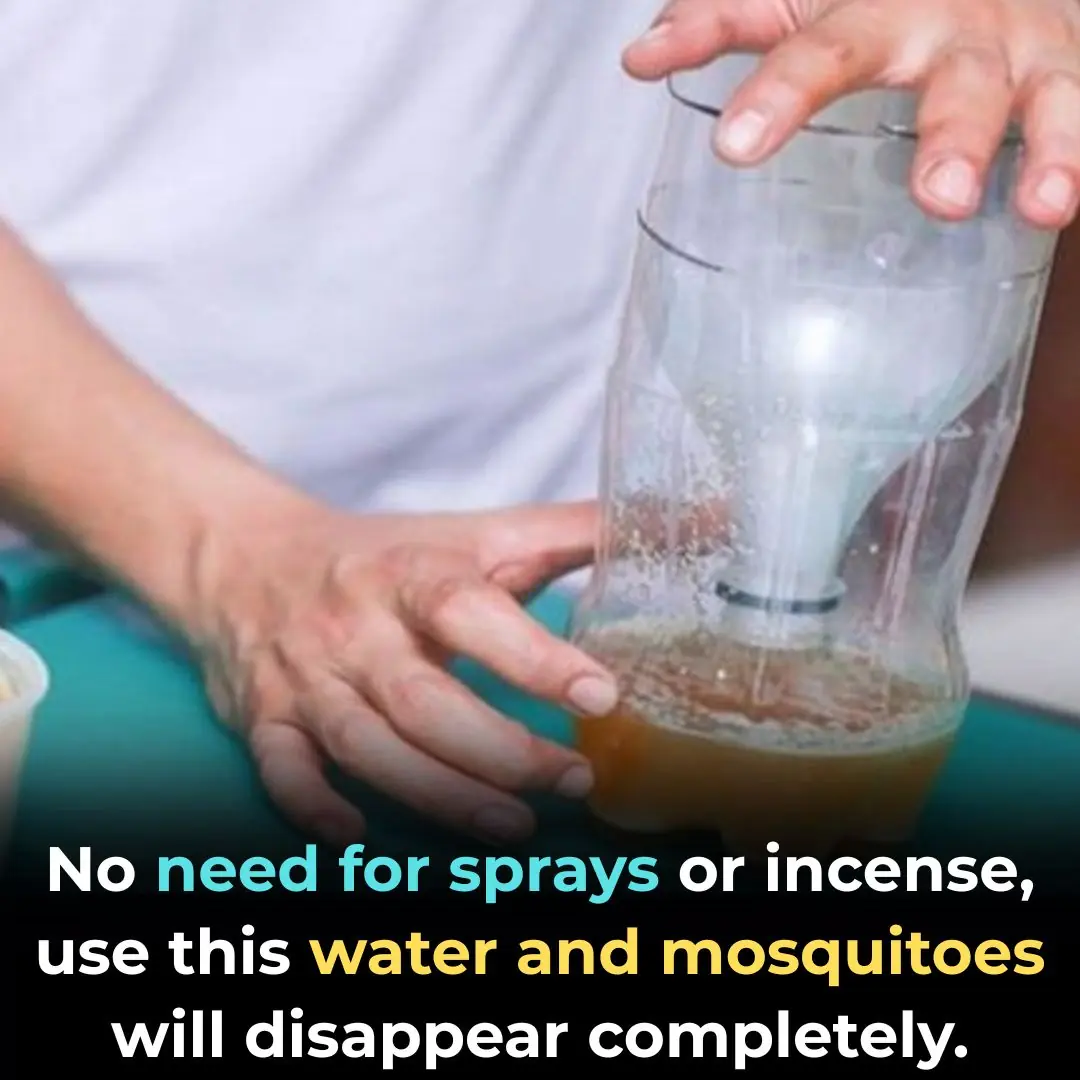
No need for sprays or incense, use this water and mosquitoes will disappear completely.

When cooking bitter melon soup, just add this one thing to ensure the dish is both delicious and nutritious.
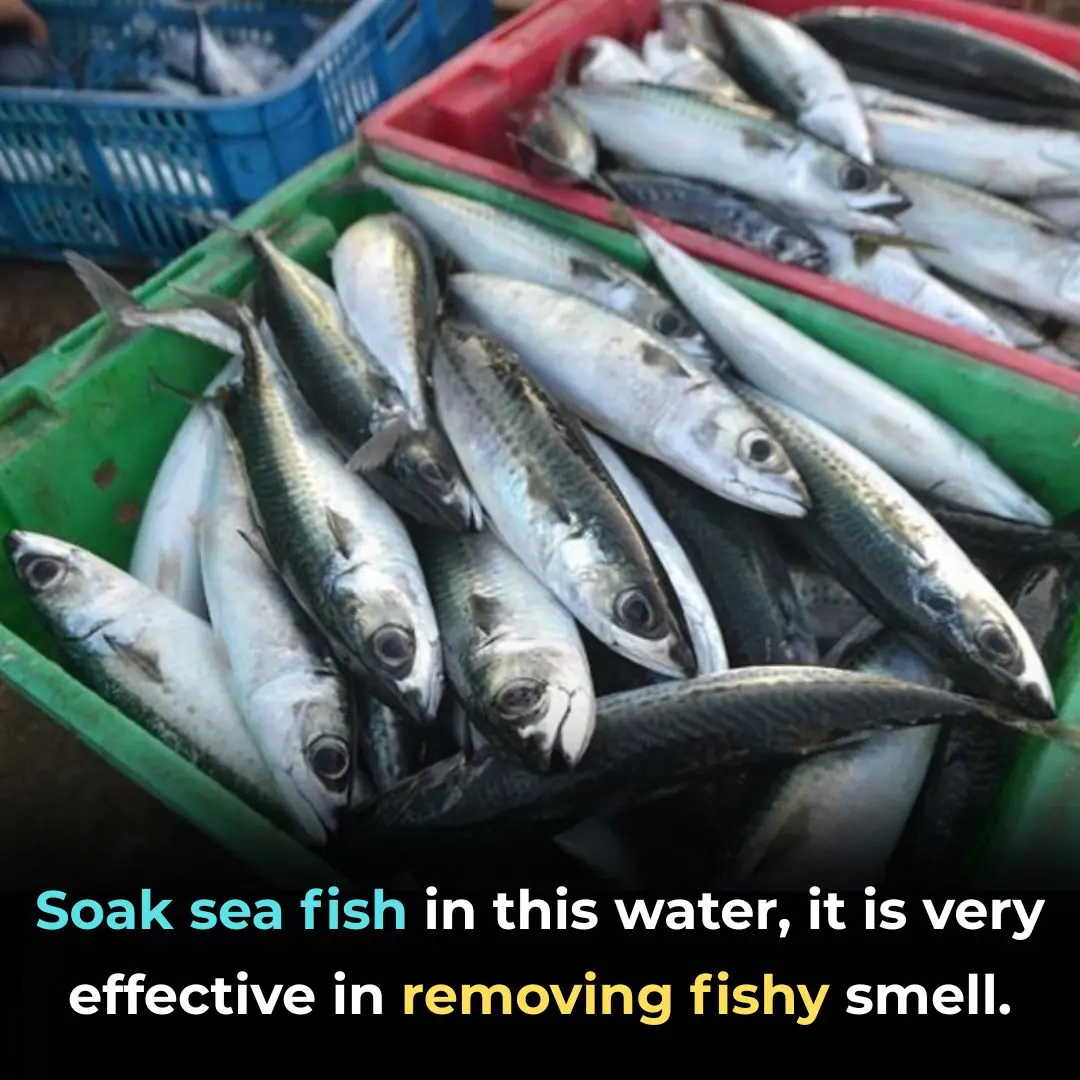
Soak sea fish in this water, it is very effective in removing fishy smell.
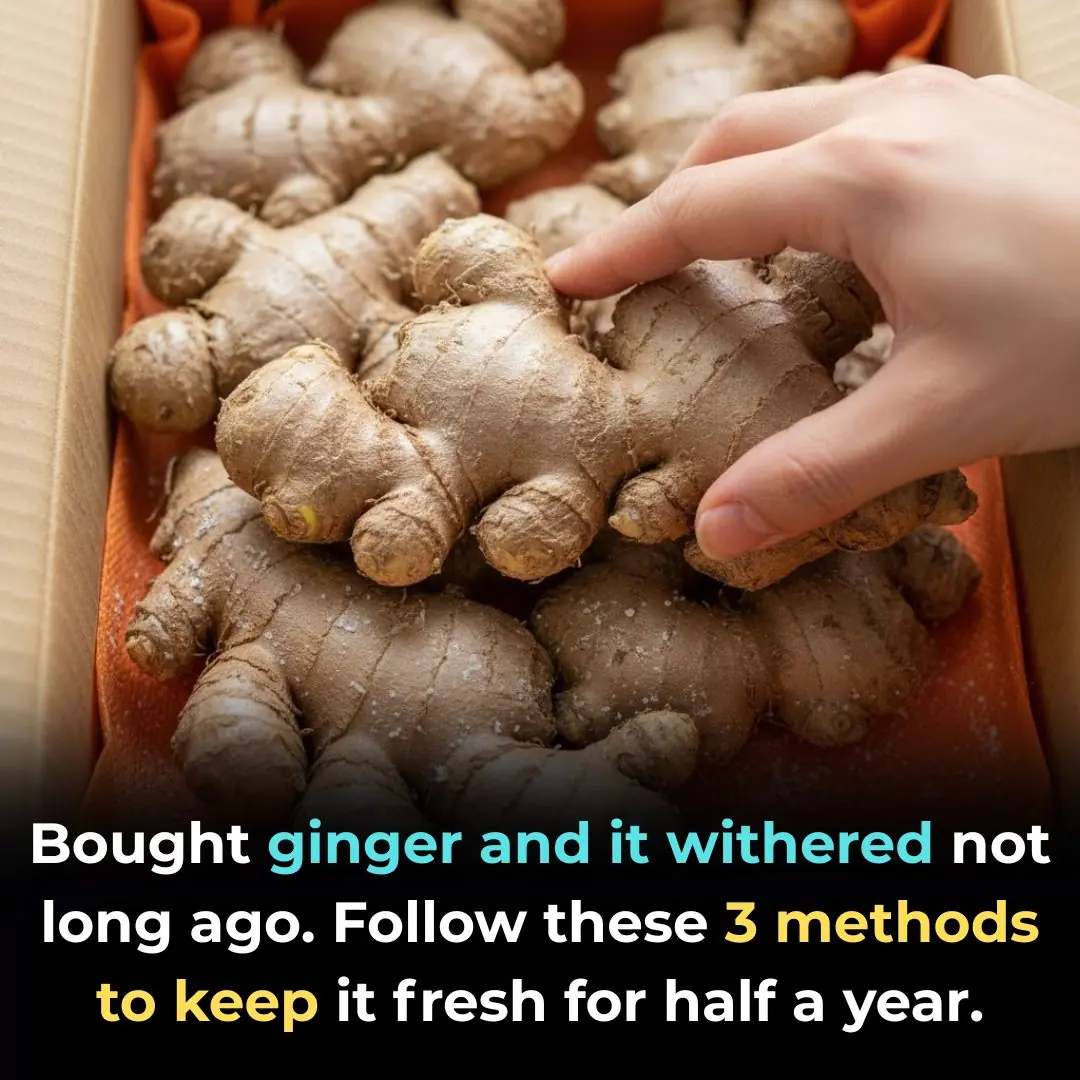
Bought ginger and it withered not long ago. Follow these 3 methods to keep it fresh for half a year.

Place this bowl of water in the corner of the house: Mosquitoes will automatically stay away, and the whole house will be free of mosquitoes.

Life, Gratitude, and a Tiara: Stacy’s Story of Resilience
